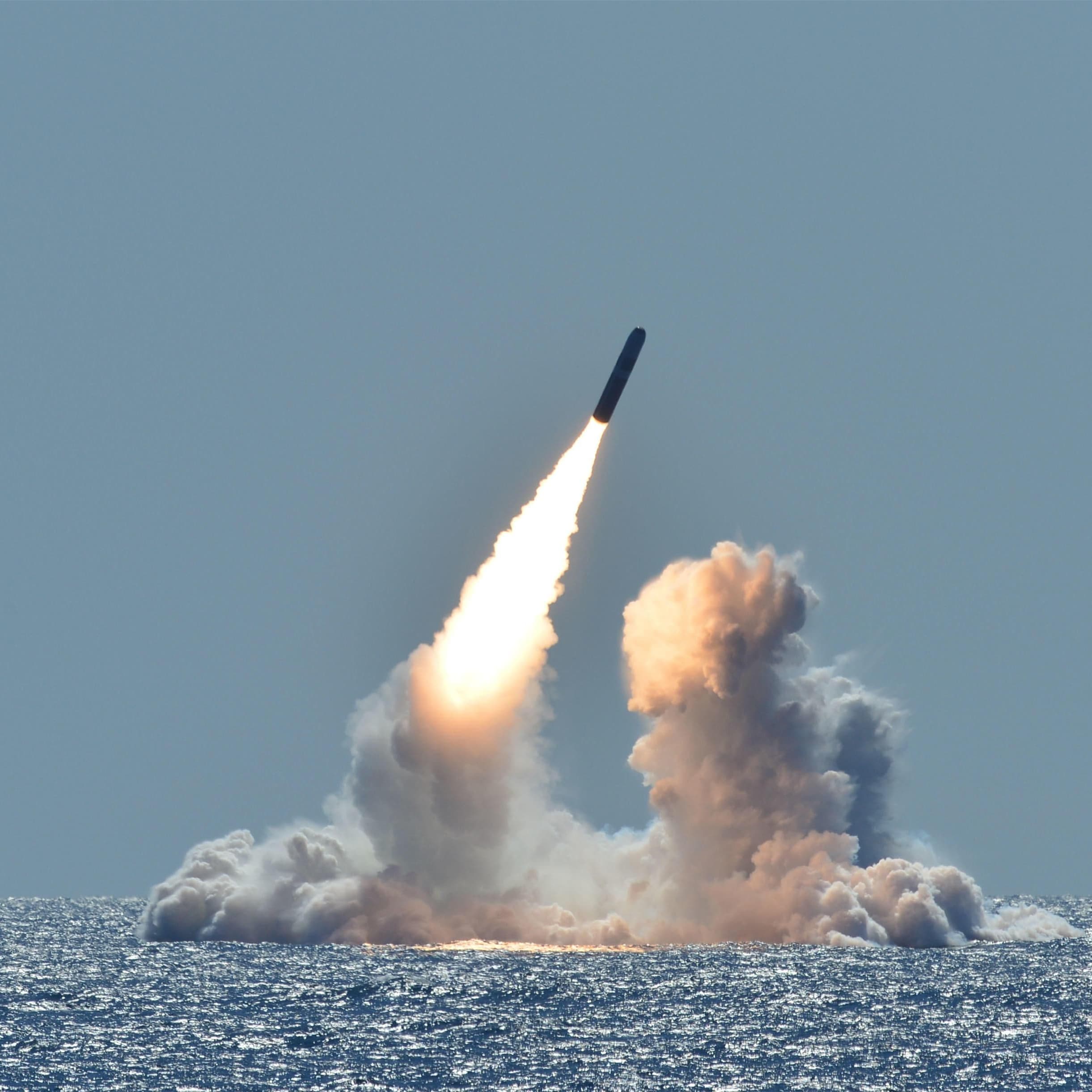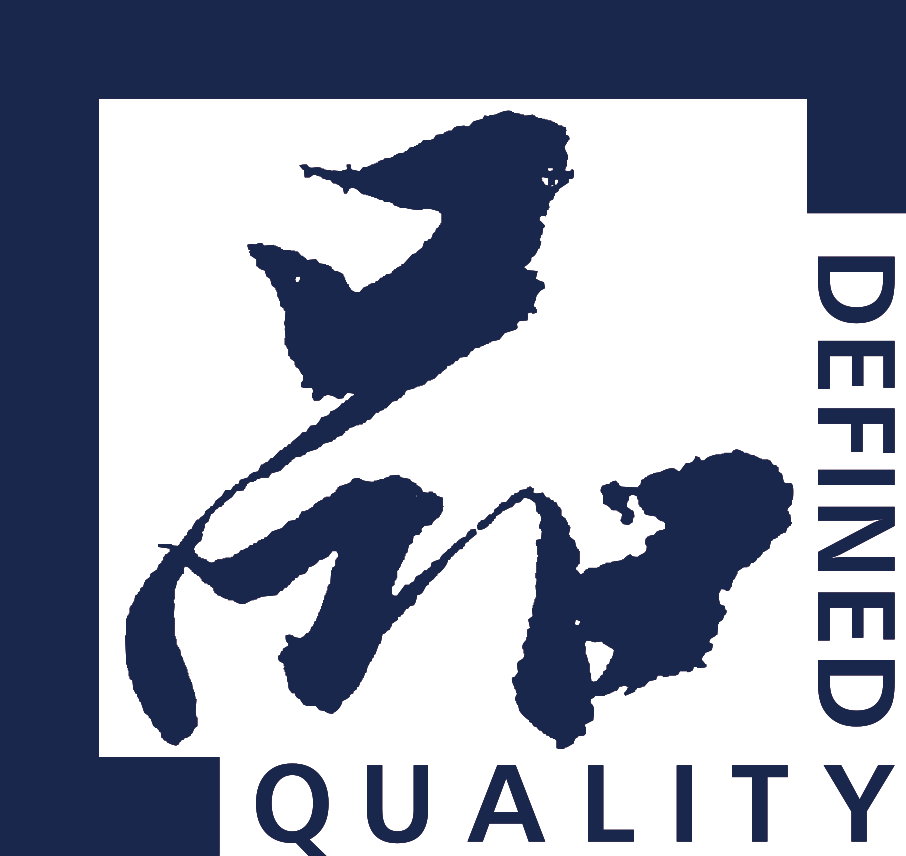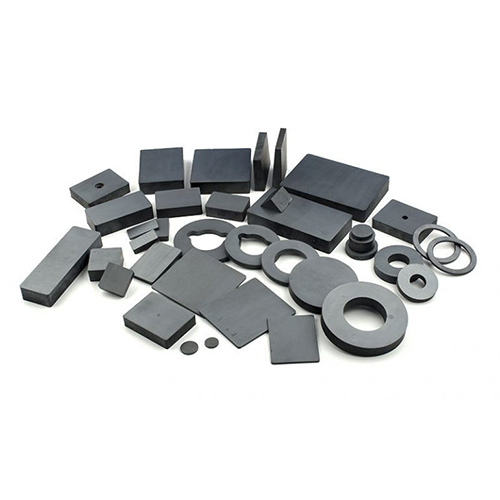The rapid growth of DC motors further drives the development trend of permanent ferrite magnet
With the vigorous promotion of energy conservation and environmental protection, the country stipulates that motors with an energy efficiency rating of 3 or lower will be banned from sale since July 1, 2011. Compared with AC motors of the same power, the energy consumption of DC motors is about 30%-50% lower, which is the most direct substitute for AC motors currently in large-scale applications. In the process of replacing AC motors with DC motors, the market demand for permanent ferrite magnets will grow rapidly. AC motors hardly need permanent ferrite magnets, while permanent ferrite magnets are essential and key components in DC motors. A DC motor has at least two pieces of permanent ferrite magnets are required, and as many as dozens of pieces can be achieved. Many home appliance manufacturers such as Samsung, Panasonic, Daikin, Midea and Joyoung are now producing and selling washing machines, air conditioners and other small appliances equipped with DC motors.
Market demand of permanent ferrite magnet industry
Permanent ferrite magnet is mainly used in pillar industries and emerging industries such as automobiles, computers and office equipment, household appliances, electric tools, electric toys, and electroacoustics. At present, the production center of permanent magnet ferrite in the world has shifted to China. According to the data from the Ministry of Information Industry, the output of permanent magnet ferrite in my country was 350,000 tons in 2005, accounting for about 50% of the global output. With the continuous stable and rapid development of my country’s economy, driven by factors such as consumption upgrading, the output and demand of permanent magnet ferrite will continue to grow. It is estimated that the market demand of my country’s permanent magnet ferrite industry in 2012 will be 776,100 tons, and the market capacity will be 10.7 billion RMB.








